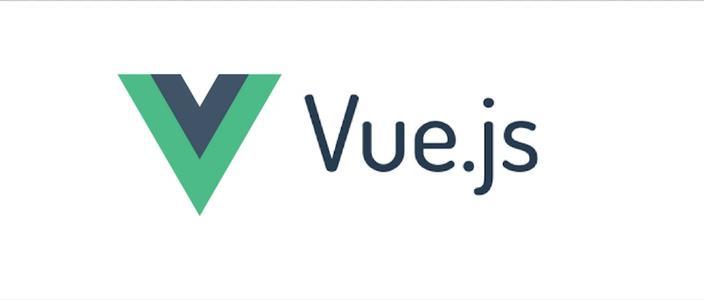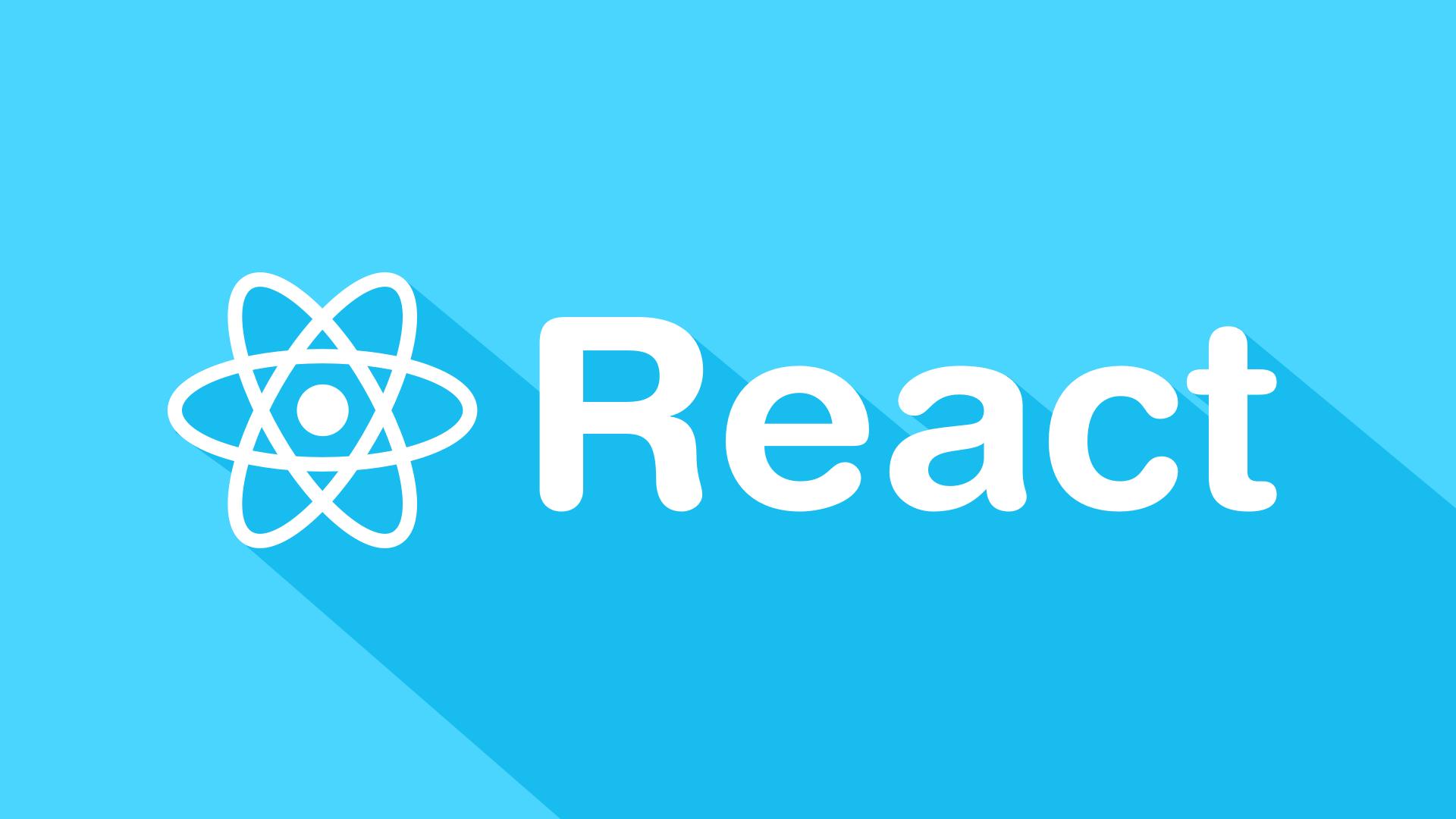Vuex4 源码解析
Vuex 是在 Vue 中常用的状态管理库,在 Vue3 发布后,这个状态管理库也随之发出了适配 Vue3 的 Vuex4
快速过 Vuex3.x 原理
为什么每个组件都可以通过this.$store访问到 store 数据?
在 beforeCreate 时,通过 mixin 的方式注入了 store
为什么 Vuex 中的数据都是响应式的
创建 store 的时候调用的是new Vue,创建了一个 Vue 实例,相当于借用了 Vue 的响应式。
mapXxxx 是怎么获取到 store 中的数据和方法的
mapXxxx 只是一个语法糖,底层实现也是从$store 中获取然后返回到 computed / methods 中。
Vuex4 使用
Vue.useStore
在 Vue3 Composition API 中使用 Vuex
import { useStore } from 'vuex' ;export default { setup ( const store = useStore(); }, };
Vuex4 原理探究
去除冗余代码看本质
Vuex4 是怎么注入 Vue 的
install
Vuex 是以插件的形式在 Vue 中使用的,在 createApp 时调用 install 安装
也就是我们常用的 Vue.use 函数
插件列表中加入 plugin
执行 plugin 的安装函数
export function createAppAPI <HostElement >( render: RootRenderFunction, hydrate?: RootHydrateFunction CreateAppFunction <HostElement > return function createApp (rootComponent, rootProps = null ) const app: App = (context.app = { _uid: uid++, _component: rootComponent as ConcreteComponent, _props: rootProps, _container: null , _context: context, version, use (plugin: Plugin, ...options: any [] ) if (installedPlugins.has(plugin)) { __DEV__ && warn(`Plugin has already been applied to target app.` ) } else if (plugin && isFunction(plugin.install)) { installedPlugins.add(plugin) plugin.install(app, ...options) } else if (isFunction(plugin)) { installedPlugins.add(plugin) plugin(app, ...options) } else if (__DEV__) { warn( `A plugin must either be a function or an object with an "install" ` + `function.` ) } return app }, } }
Store 类的 install,两种实现分别为挂载到全局和组件内访问
实现通过 inject 获取
实现 this.$store 获取
install (app, injectKey) { app.provide(injectKey || storeKey, this ) app.config.globalProperties.$store = this
Provide / Inject 架构示意图
下面接着看 provide 实现
app.provide 实现
每个 Vue 组件都有一个 context 上下文对象
对 context 上下文中的 provides 对象进行赋值
createAppContext 是一个创建 App 上下文函数
返回体中是一个具有一些常见的 Option(mixins、components 等)
Vue 的插件实现最主要的为其中一项 provides,具体实现方式为:
将插件通过 key / value 的形式挂载到 app 上下文的 provides 对象上
inject 时,通过存入的 key 进行取出
provide (key, value ) if (__DEV__ && (key as string | symbol) in context.provides) { warn( `App already provides property with key "${String (key)} ". ` + `It will be overwritten with the new value.` ) } context.provides[key as string ] = value return app } const context = createAppContext()export function createAppContext (AppContext return { app: null as any , config: { isNativeTag: NO, performance: false , globalProperties: {}, optionMergeStrategies: {}, errorHandler: undefined , warnHandler: undefined , compilerOptions: {} }, mixins: [], components: {}, directives: {}, provides: Object .create(null ) } }
useStore 的实现
function useStore (key = null ) return inject(key !== null ? key : storeKey); }
Vue.provide
Vue 的 provide API 也比较简单,相当于直接通过 key/value 赋值
当前实例 provides 和父级实例 provides 相同时,通过原型链建立连接
function provide <T >(key: InjectionKey<T> | string | number , value: T ) if (!currentInstance) { if (__DEV__) { warn(`provide() can only be used inside setup().` ); } } else { let provides = currentInstance.provides; const parentProvides = currentInstance.parent && currentInstance.parent.provides; if (parentProvides === provides) { provides = currentInstance.provides = Object .create(parentProvides); } provides[key as string ] = value; } }
Vue.inject
通过 provide 时存入的 key 取出 store
有父级实例则取父级实例的 provides,没有则取根实例的 provides
function inject ( key: InjectionKey<any > | string , defaultValue?: unknown, treatDefaultAsFactory = false const instance = currentInstance || currentRenderingInstance; if (instance) { const provides = instance.parent == null ? instance.vnode.appContext && instance.vnode.appContext.provides : instance.parent.provides; if (provides && (key as string | symbol) in provides) { return provides[key as string ]; } } }
注入
为什么每个组件实例都有 Store 对象了?
在创建组件实例的时候注入了 provides
优先注入父级 provides
兜底为注入 app 上下文的 provides
function createComponentInstance (vnode, parent, suspense ) const type = vnode.type; const appContext = (parent ? parent.appContext : vnode.appContext) || emptyAppContext; const instance = { parent, appContext, provides: parent ? parent.provides : Object .create(appContext.provides), }; return instance; }
可从 vue 中引入 provide、inject、getCurrentInstance 等 API 进行库开发 / 高阶用法,这里不过多赘述。
Vuex4 执行机制
createStore
从 createStore 开始看起
可以发现 Vuex4 中的 state 是通过 reactive API 去创建的响应式数据,Vuex3 中是通过 new Vue 实例
dispatch、commit 的实现基本是封装了一层执行,底层也是通过 store 去执行,不用过于关心
而 Vuex4 的响应式实现,同样是借用了 Vue3 的响应式 API reactive
export function createStore (options ) return new Store(options); } class Store constructor (options = {} ) this ._committing = false ; this ._actions = Object .create(null ); this ._actionSubscribers = []; this ._mutations = Object .create(null ); this ._wrappedGetters = Object .create(null ); this ._modules = new ModuleCollection(options); this ._modulesNamespaceMap = Object .create(null ); this ._subscribers = []; this ._makeLocalGettersCache = Object .create(null ); const store = this ; const { dispatch, commit } = this ; this .dispatch = function boundDispatch (type , payload return dispatch.call(store, type , payload); }; this .commit = function boundCommit (type , payload, options return commit.call(store, type , payload, options); }; const state = this ._modules.root.state; installModule(this , state, [], this ._modules.root); resetStoreState(this , state); } } function resetStoreState (store, state, hot ) store._state = reactive({ data: state, }); }
installModule
installModule 主要为按序初始化各模块,主要功能代码已高亮
Mutation
Action
Getter
Child(install)
function installModule (store, rootState, path, module , hot ) const isRoot = !path.length; const namespace = store._modules.getNamespace(path); // register in namespace map if (module.namespaced) { if (store._modulesNamespaceMap[namespace ] && __DEV__) { console .error( `[vuex] duplicate namespace ${namespace } for the namespaced module ${path.join( '/' )} ` ); } store._modulesNamespaceMap[namespace ] = module; } // set state if (!isRoot && !hot) { const parentState = getNestedState(rootState, path.slice(0 , -1 )); const moduleName = path[path.length - 1 ]; store._withCommit(() => { if (__DEV__) { if (moduleName in parentState) { console .warn( `[vuex] state field "${moduleName} " was overridden by a module with the same name at "${path.join( '.' )} "` ); } } parentState[moduleName] = module .state; }); } const local = (module .context = makeLocalContext(store, namespace , path)); module.forEachMutation((mutation, key) => { const namespacedType = namespace + key; registerMutation(store, namespacedType, mutation, local); }); module.forEachAction((action, key) => { const type = action.root ? key : namespace + key; const handler = action.handler || action; registerAction(store, type, handler, local); }); module.forEachGetter((getter, key) => { const namespacedType = namespace + key; registerGetter(store, namespacedType, getter, local); }); module.forEachChild((child, key) => { installModule(store, rootState, path.concat(key), child, hot); }); }
订阅机制
看完了 Vuex4 是如何安装和注入的,最后来看看 Vuex 的订阅机制是如何实现的
和订阅机制有关的方法主要有
订阅:subscribe、subscribeAction,分别用于订阅 Mutation 和 Action
执行:commit、dispatch,分别用于执行
数据项有:_actionSubscribers、_subscribers
subscribe
订阅 store 的 mutation。handler 会在每个 mutation 完成后调用,接收 mutation 和经过 mutation 后的状态作为参数
所有的订阅 callback 都会被放入this._subscribers,可通过 prepend 选项选择放入队头 / 队尾。
将 callback 推入订阅数组
返回一个取消订阅的函数
store.subscribe((action, state ) => { console .log(action.type) console .log(action.payload) }, { prepend : true }) subscribe (fn, options) { return genericSubscribe(fn, this ._subscribers, options) } function genericSubscribe (fn, subs, options ) if (subs.indexOf(fn) < 0 ) { options && options.prepend ? subs.unshift(fn) : subs.push(fn) } return () => { const i = subs.indexOf(fn) if (i > -1 ) { subs.splice(i, 1 ) } } }
接着看看 commit 执行时如何触发这些订阅的 callback
执行需 commit 的函数
依次执行this._subscribers中的订阅 callback
commit (_type, _payload, _options) { const { type , payload, options } = unifyObjectStyle(_type, _payload, _options) const mutation = { type , payload } const entry = this ._mutations[type ] this ._withCommit(() => { entry.forEach(function commitIterator (handler ) handler(payload) }) })x this ._subscribers .slice() .forEach(sub =>this .state)) }
subscribeAction
订阅 store 的 action。handler 会在每个 action 分发的时候调用并接收 action 描述和当前的 store 的 state 这两个参数
可订阅:执行前、执行后和错误
将订阅对象推入this._actionSubscribers
返回一个取消订阅函数
store.subscribeAction({ before: (action, state ) => { console .log(`before action ${action.type } ` ) }, after: (action, state ) => { console .log(`after action ${action.type } ` ) }, error: (action, state, error ) => { console .log(`error action ${action.type } ` ) console .error(error) } }, { prepend : true }) subscribeAction (fn, options) { const subs = typeof fn === 'function' ? { before : fn } : fn return genericSubscribe(subs, this ._actionSubscribers, options) } function genericSubscribe (fn, subs, options ) if (subs.indexOf(fn) < 0 ) { options && options.prepend ? subs.unshift(fn) : subs.push(fn) } return () => { const i = subs.indexOf(fn) if (i > -1 ) { subs.splice(i, 1 ) } } }
dispatch 执行时如何触发这些订阅函数?
dispatch (_type, _payload) { const { type , payload } = unifyObjectStyle(_type, _payload) const action = { type , payload } const entry = this ._actions[type ] if (!entry) { if (__DEV__) { console .error(`[vuex] unknown action type: ${type } ` ) } return } try { this ._actionSubscribers .slice() .filter(sub => .forEach(sub =>this .state)) } catch (e) { if (__DEV__) { console .warn(`[vuex] error in before action subscribers: ` ) console .error(e) } } const result = entry.length > 1 ? Promise .all(entry.map(handler => : entry[0 ](payload) return new Promise ((resolve, reject ) => { result.then(res => try { this ._actionSubscribers .filter(sub => .forEach(sub =>this .state)) } catch (e) { if (__DEV__) { console .warn(`[vuex] error in after action subscribers: ` ) console .error(e) } } resolve(res) }, error => try { this ._actionSubscribers .filter(sub => .forEach(sub =>this .state, error)) } catch (e) { if (__DEV__) { console .warn(`[vuex] error in error action subscribers: ` ) console .error(e) } } reject(error) }) }) }
一句话总结
Vuex3 -> Vuex4,主要实现方式将 mixin 注入改为了 provides / inject 的方式注入。
Provide / Inject 不仅用于 Vuex 实现,同样可以用于深层组件的数据传递
提示:provide 和 inject 绑定并不是可响应的。这是刻意为之的。然而,如果你传入了一个可监听的对象,那么其对象的 property 还是可响应的。
掘金:前端 LeBron
知乎:前端 LeBron
持续分享技术博文,关注微信公众号 👇🏻








